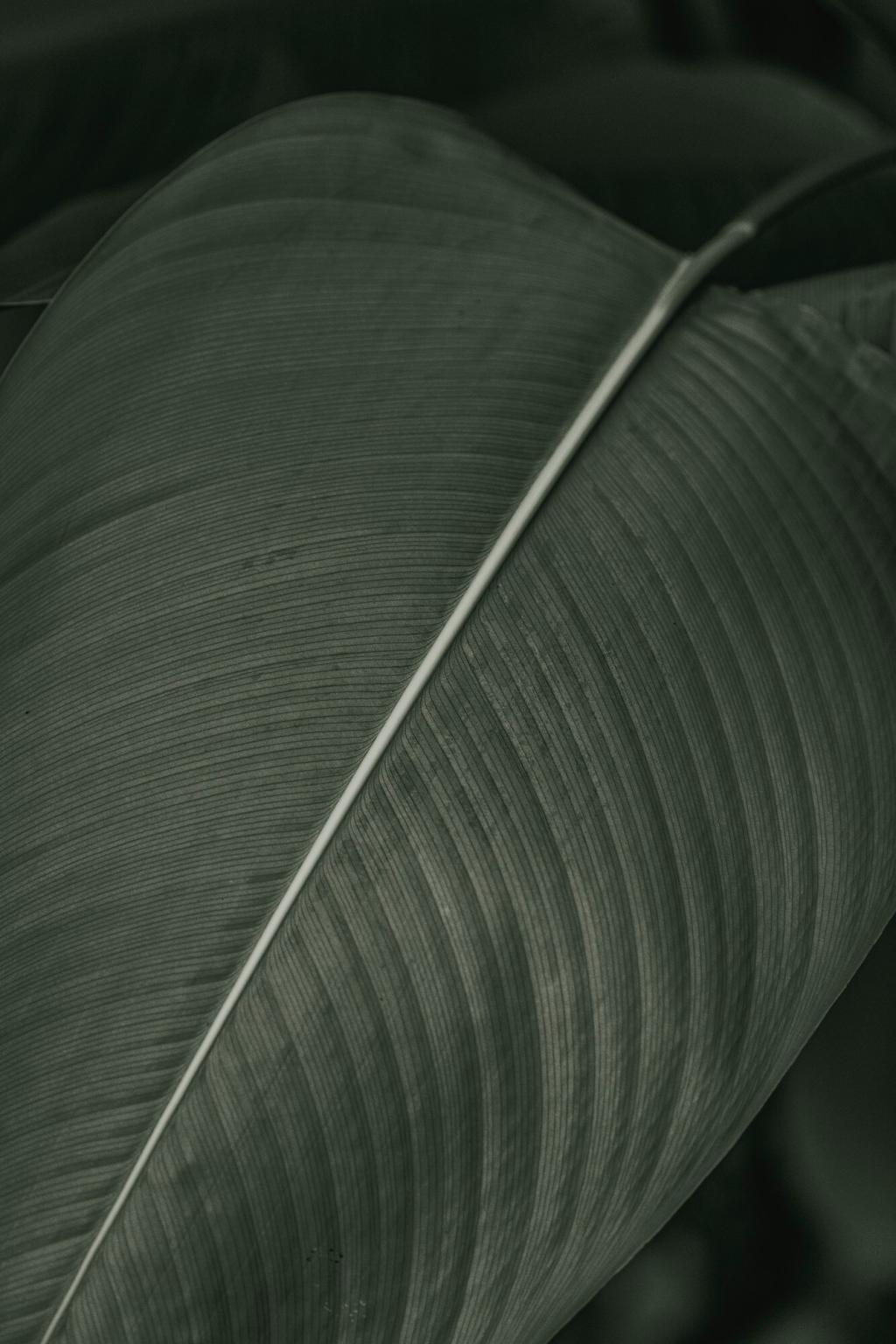What Biophilic Design Really Means
Biophilic design recognizes our innate affinity for nature and weaves it into our spaces through light, plants, patterns, and materials. It’s less about decorating and more about restoring a relationship our bodies quietly crave.
What Biophilic Design Really Means
Rapid urbanization, screen-heavy days, and climate anxiety have made restful, restorative environments essential. Biophilic design offers practical, beautiful solutions that uplift mood, reduce stress, and make daily routines feel more grounded and humane.



